Text and photos by Pavlove der Visionär.
Opening line
I would like to tell you a story, the story of Pavlove the dog or rather Pavlov’s dog and how Inneres Auge1 began from this word play. Maybe not everyone knows what I am talking about when I mention Pavlov’s dog but I will refresh the memory of those who forgot. Pavlov was a Russian physiologist who, at the end of the 19th century, studied dogs’ conditioned reflexes, a sort of scientific approach to understand the working of living organisms also in relation to their living environment. I have never appreciated this man, who used animals for his experiments, but he inspired the development of my photo project that few months later I would call Inneres Auge.
I was fascinated by the idea of creating an alter ego that somehow switched the dog-scientist roles. It would make my project more detached and objective. So, Pavlove, a dog, was going to study human behaviors that intrigued him through photography.
Man in backlight in space
I wanted to explore visually a number of questions I have always been fascinated with: people, spaces and the ensuing interactions between the two. How do people interact with the places where they live every day? Do people affect places or is the other way around? The more I wondered the more I wanted to get to the bottom of the matter. I tried to understand whether there was a science that studied the relationship between people and spaces, to find ideas or at least to have a general idea on the topic. I ran into the so-called Living architecture theories but they offered very little in the way of emotions to give me a satisfactory answer.
I decided to focus my work on a limited group of people to be analyzed so as not to make serious inference errors. I would study the group of young creative people living in Milan, where creative defines people capable of creating or inventing something new applied to any type of work. I was going to analyze visually the most disparate aspects of creativity by taking photos of creatives where they lived. This was a nearly psychological approach to a work that until now had nothing photographic about it.
Ego
Against this backdrop, Pavlove der Visionaer, whose identity is unknown to the masses, began to work on the Inneres Auge project. An alter ego was going to interfere somehow in the communication with the people that I wanted to get involved in the project. However that was not going to change because the presence of an alter ego was paramount, as whoever I contacted had no way to develop preconceived notions about me. In this way, the photographic work, the idea would become central while everything else would be irrelevant. This choice of remaining anonymous – even though on the face of it might have looked like a useless barrier that often put off the people that I contacted – turned out to be useful to ensure that I would recruit only people really interested in the project.
De Rerum Natura
The organization of portraits was the most sensitive phase. I was determined to be as minimally invasive as possible; I had to be a presence-absence, a sort of visual recorder inserted in an everyday context where a person interacts with space, her space. This decision affected greatly the photographic technique of the work, which was carried out with a Canon 5dMark II and used solely the natural light of the various locations. In fact, I wanted the light to be one of the key elements of the photos, like the person and the space, and that is why I indicated the exact hours in the photo captions.
Closed eyes
The last thing I want to mention is the choice to close the eyes of all the creative people that I photographed. As I said, I wanted this project to bring to the fore the relationship between people and space and, in the meantime, I liked the idea of a fil rouge that united all the creatives involved. I did some experiments during the first photo shoots without any great results until the answer came serendipitously.
A creative told me that, even though he liked my project a lot, he was so shy that he was very uncomfortable before a camera and he would probably be very unnatural and stiff. I asked him to close his eyes and his face relaxed immediately; he was finally comfortable in his own space.
After these photos I understood that closed eyes was the way to go. By asking people to close their eyes I created for them a relaxed, nearly meditative condition. I asked them to perceive the surrounding space with their other senses, trying to commune. Once I understood how to deal with the creatives photographed, it was a downhill road; I only had to focus from time to time on the spaces, study them carefully and grasp the moment where the person and his or her space achieved unity. That can take place only with the things you love, with the spaces that you know well because, after all, you are them and they are you.
The Story behind the scene
The idea of this project was born in 2009 between Berlin and Milan, the two cities where I was living at that time. That’s why my website Pavlove der Visionär is written in German. At that time (2007) Berlin was the place to be to feel the power of creativity, I had my phd in communication and my final work was about the concept of Cultural Planning in Berlin. So I passed some months reading books about gentrification, urban renovation and environmental improvement and to understand culture was able in a modern city like Berlin to retake place in alternative space. Because of this, I started also to be fascinated by the relation between creative people and their habitat. Place reflects people and it’s so strong the relation between of the two that I decided to make a work about that.
In 2010 I worked in an art contemporary space in Milan that promotes modern art. Everyday I used to have connections with creative people and so I realized that would have been interesting shoot them inside their habitat. Each of them was really interested about my project and the idea to closed eyes in front of my camera, was so an original thing that permitted me to find quickly lots of creative happy to be part of the work. Now the project has been developed in Milan, Rome and is keeping on in Berlin also. The project has not real ending point, will keep going on naturally and will finish naturally as well.
Epilogue
Pavlove is many things, not just “Inneres Auge” (wich is already on Itunes as an App). A new project is already under way. Keep your eyes and ears open2.
Per ulteriori informazioni si prega di visitare il sito di Pavlove der Visionär.
- Inner eye, Ed. [↩]
- A special Thanks to Emanuele Cucuzza to support this project. [↩]

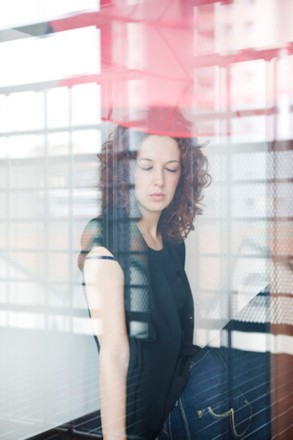
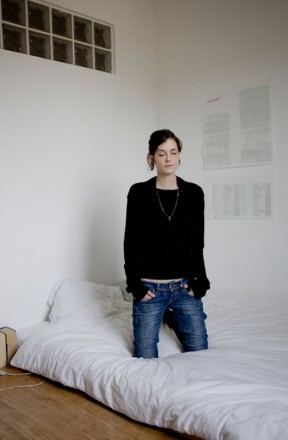
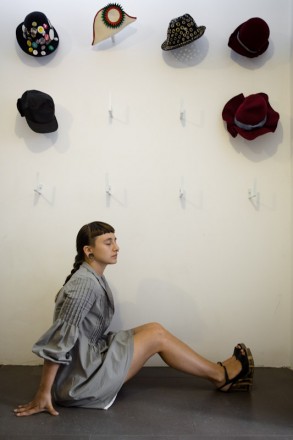
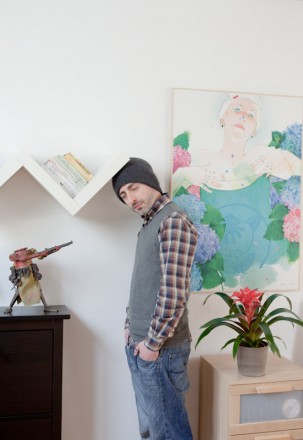
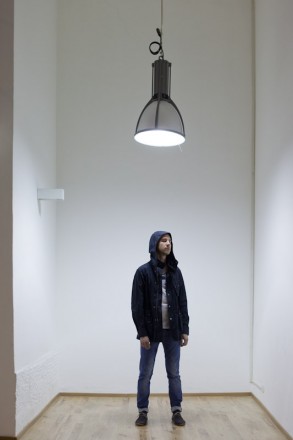
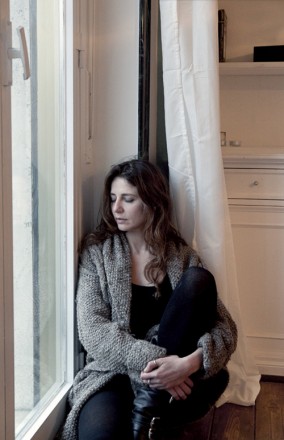
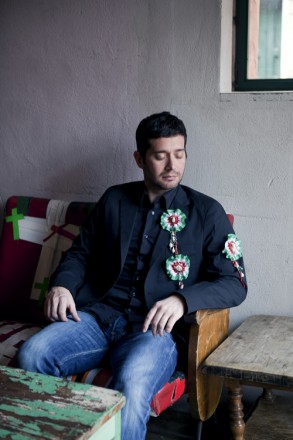
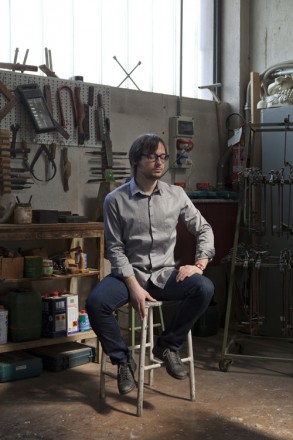
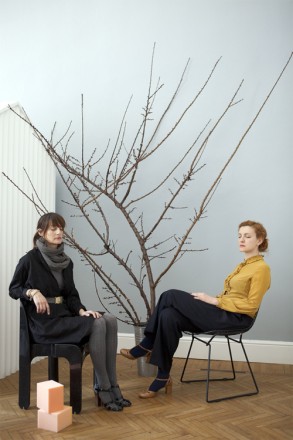
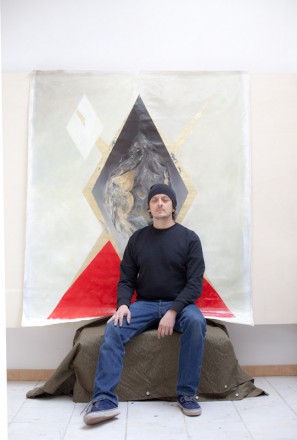
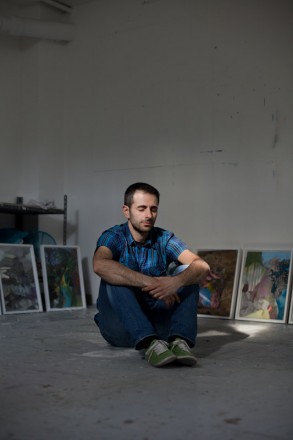
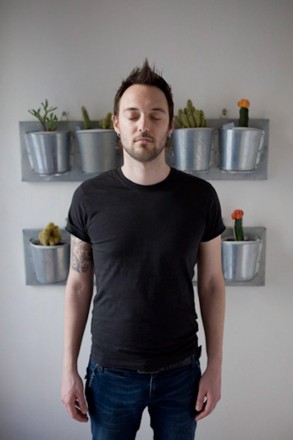
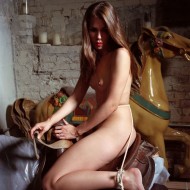
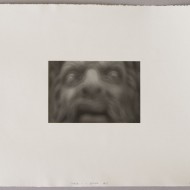
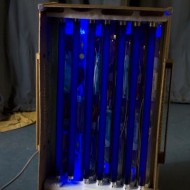
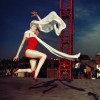
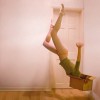
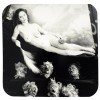
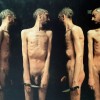
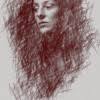
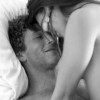
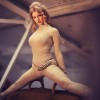
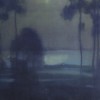
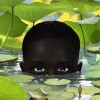
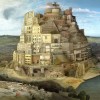
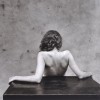
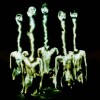
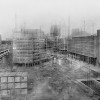

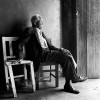
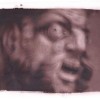
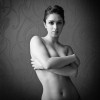
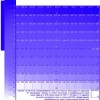
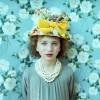
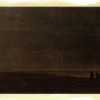
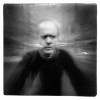
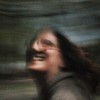
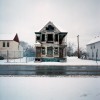
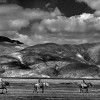
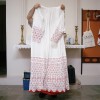
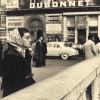
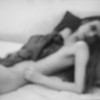
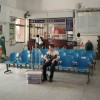
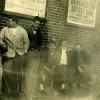
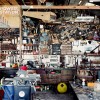
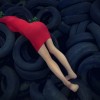
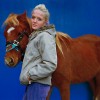
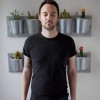
You can also subscribe to this post comments RSS feed.